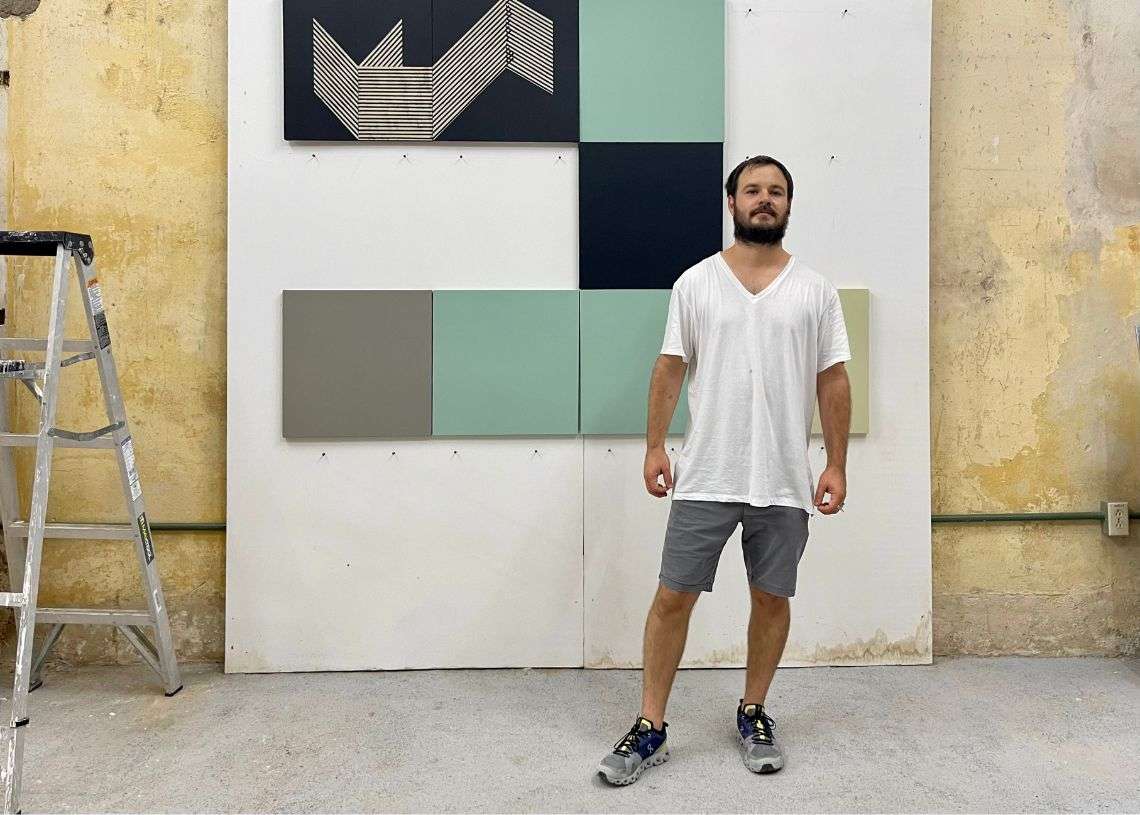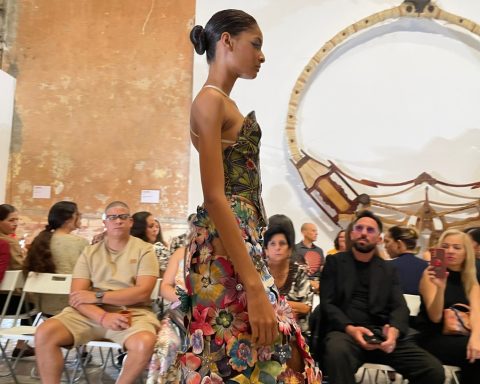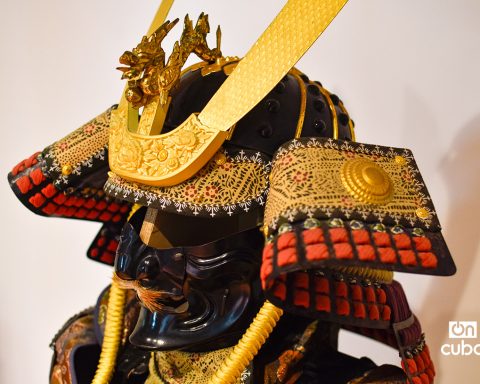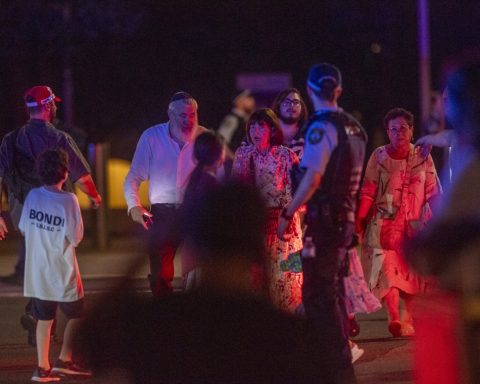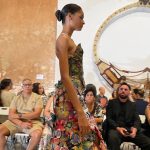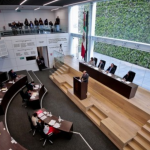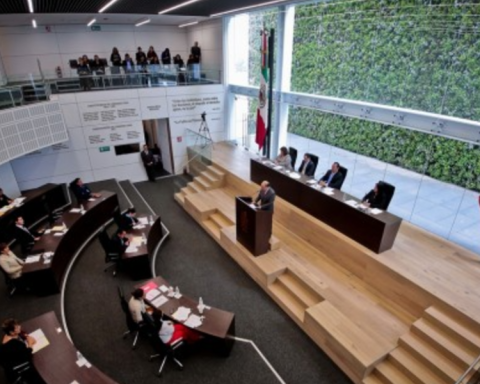On December 23rd, the Workshop 62 (T62) was inaugurated in Mérida, Yucatán, a space for a “diverse and multicultural meeting” that will serve to “bring art closer to people through a space in which art and Cuban gastronomy”.
The quotation marks belong to the visual artist Ernesto García Sánchez, manager and leader of the venture.
The workshop takes its name from the street where it is located, in the Santa Ana neighborhood, in the historic center of Mérida. It opened its doors with an exhibition of works by the manager himself and by Sandra Pérez Lozano, also Cuban. In the future it will have samples of invited artists, at the rate of one per month.
It must be emphasized that it is not a commercial gallery, but a place open to the art circuit of Mérida, to residents and occasional walkers, who will now have a place to mingle with the creators who join the project, at the same time that they participate in the visual transformation of the place, which will conform to the works that are produced there, which turns the workshop itself into an infinite work in progress.
The T62 has three very well-defined areas: the cafeteria, where a menu of light dishes is offered designed by two chefs, Abril Batum from Yucatecan and Ruperto Rueda from Cuba, who seek to add a local touch to traditional Cuban recipes; the Gray Room, space for temporary exhibitions; and the workshop itself, Ernesto García Sánchez’s workplace, where the works that integrate the decoration and furniture of the place are produced.
Among other activities aimed at the local population, T62 will begin to give free painting classes for children and adults, which is part of its cultural outreach program.
In Mérida there is a growing community of Cuban artists with remarkable work, including Marco Castillo, Claribel Calderius, James Bonachea, Jorge Pardo and Israel León, as well as Sandra Pérez and the host himself.
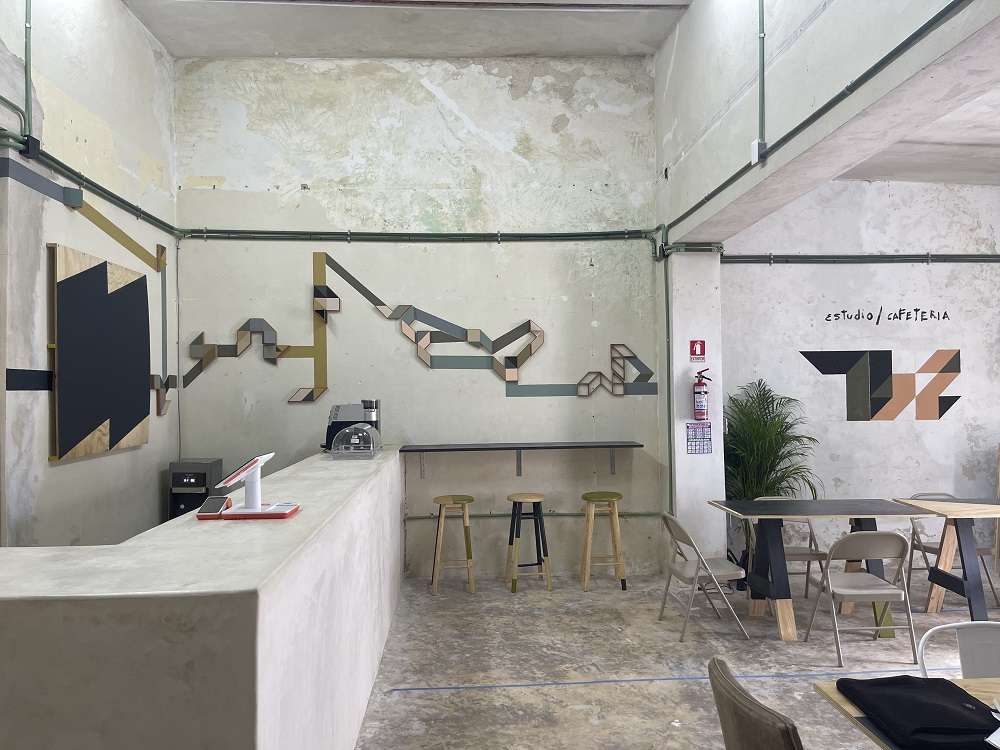
Ernesto García Sánchez (Havana, 1989) is a graduate of the Instituto Superior de Arte (ISA), class of 2015. In terms of artistic affiliations, he considers himself close to names such as Sol Lewitt, Sandú Darié, Loló Soldevilla and Brice Marden. Questioned on one occasion about his “militancy” within abstractionism, he told me:
“Abstraction for me was a perfect discovery, because I felt that it was a language that corresponded more to the way I see the world. I realized that, unconsciously, I was always trying to filter the phenomena that I perceived around me from a very organic synthesis and sensoriality.”
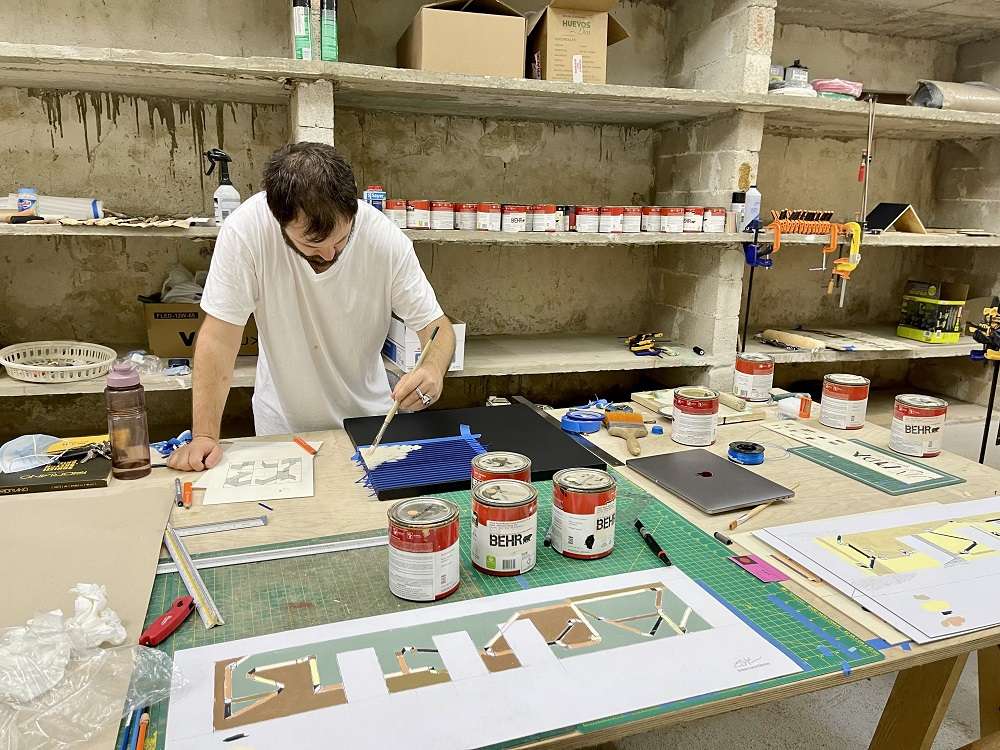
“In principle, the work was marked by the interest in investigating pictorial processes, in exploring painting not as a mere means of expression but as a theme in itself; Over time, that purpose has been transformed and I have found other areas of interest, such as drawing; procedure that in my case works as an abstraction that is nourished by many elements such as architecture, design and textiles, among others. The action of drawing for me works almost like a daily meditation.”

“The drawings have awakened a desire to explore the three-dimensional aspect of abstraction; So, at the same time I am making a series of pieces of wood as sculptures. I have discovered another great motivation, which is carpentry, and I am trying to integrate it into the creation process”.
And on that upward path he has continued his search. A long journey, then, for the work of Ernesto García Sánchez. Success for the T62, a contribution of Cuban art to Mexico, a country we love so much.
